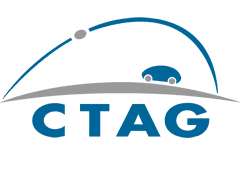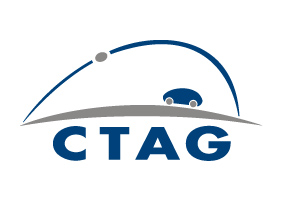 CTAG has achieved the first milestone within the CO-GUIDING project. This project has been funded by COVR (H2020, GA No. 779966) in its first open call to perform a risk analysis in the automotive use case called “Safety in Collaborative Assisted Guiding of Automotive Door Assembly System [CDAS]”. It is an operation in which the robot takes care of the weight and accuracy of the door assembly, while the operator handles the complex trajectories and the finished quality.
CTAG has achieved the first milestone within the CO-GUIDING project. This project has been funded by COVR (H2020, GA No. 779966) in its first open call to perform a risk analysis in the automotive use case called “Safety in Collaborative Assisted Guiding of Automotive Door Assembly System [CDAS]”. It is an operation in which the robot takes care of the weight and accuracy of the door assembly, while the operator handles the complex trajectories and the finished quality.
CTAG has proposed a safety evaluation criterion that can help to validate the safety requirements (in three parameters: force and power, load and movement speed) with the specifications of the proposed use case. The tests have focused on three main factors: the safety of the operator, that of the process and, finally, the verification of the work environment safety to perform the task.
CTAG will continue to develop this project throughout 2020, when the final results will be published. The key objective is the rigorous test (similar to real manufacturing) to validate safety requirements and technical specifications (operator strength, speed and range of movement, work space and trajectories of the robot process).
For more information about the various R&D projects in which CTAG participates please visit https://ctag.com/proyectos/
For more information about COVR please visit https://safearoundrobots.com/

